Tesla’s are constantly in the news for their futuristic and amazing capabilities. But surely you still have to service a Tesla right? They can’t be that good!
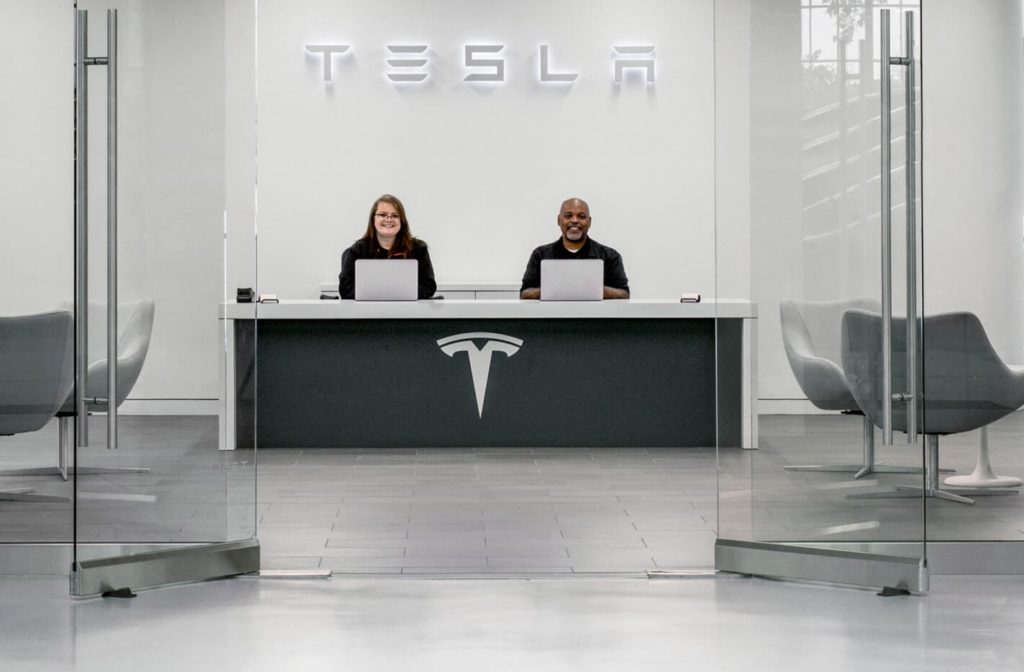
Yes, you still have to service them. Tesla’s aren’t unicorns that do everything perfectly. They still need maintenance and servicing just like any other car. They just need it a lot less. Below is a look at what work Tesla does as part of their Maintenance Plans. As you can see, servicing is recommended every year just like any other car.
The key difference though is in what gets serviced:
When Do You Service A Tesla?
Every Year / 20,000 km
- Key fob battery replacement (set)
- Multi-point inspection
- Tire rotation (if needed)
- Wheel alignment check (and adjustment, if needed)
- Wiper blade set replacement
Every 2 Years / 40,000 km
- A/C desiccant bag replacement
- Brake fluid replacement
- Cabin air filter replacement
Every 4 Years / 80,000 km
- Battery coolant replacement
- Drive Unit(s) fluid service
It’s not a huge list!
Most of the maintenance doesn’t even touch the main electric motor. It’s mainly to do with tires, A/C, wiper blades and your key fob. Hardly anything super complicated! in fact I’d imagine for most first year services Tesla’s Mobile Service Centers could do everything.
How Do You Make Appointments?
Generally you can make an appointment just like with any other car. You can call or email the service center and book one in. Interestingly Tesla’s website is stating that soon you’ll be able to use the cars inbuilt screen and software systems to book too.
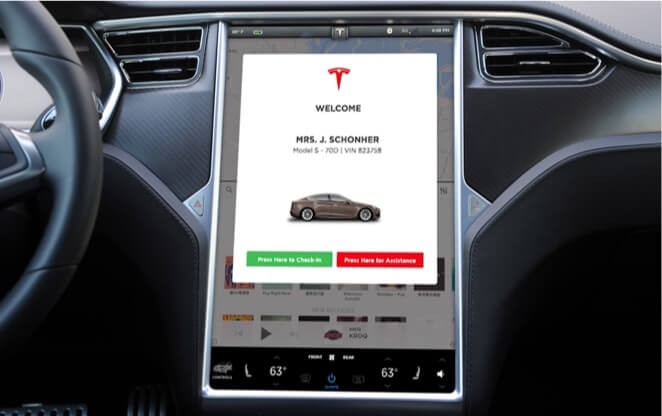
Source: tesla.com
This will likely also work with the remote diagnostics abilities they have. I can imagine that the car could detect a malfunction, alert your local service center and then popup on your screen. You could choose a specific date/time and whether or not you’d like to go to a service center or have one of their mobile service vans come to you.
EV’s And Brakes
Yet one final point most people aren’t aware of is regarding servicing is brakes. Brakes need replacing after a couple of years as they slowly wear down during use. While EV’s and Tesla’s still obviously use traditional brakes they also have regenerative breaking.
This is where the breaking energy is turned back into electrical energy and used to charge the batteries, extending range. It also has the added bonus of not using the traditional breaks. This means that whenever you slow down due to regen, you’re using the breaks less and they last longer.
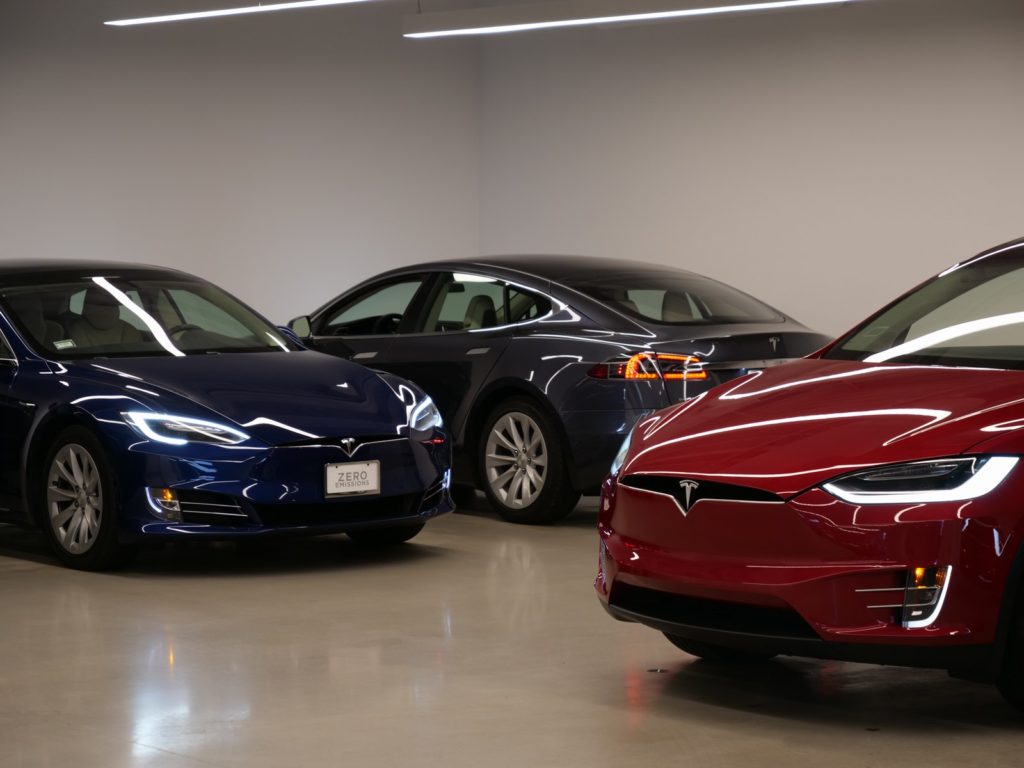
How much longer you ask? Well obviously that answer varies depending on how much you use regen vs brakes. You can still use the brakes if you stop the car very quickly. But if you’re just slowing down gradually as you approach the lights for example regen is fine. As a result different people use the regen/brakes at different rates.
As a general guide though, assuming you use regenerative breaking as it’s intended, your brakes will last many, many years. Probably around 5-10 years. Here are some comments from actual owners of various EV’s.
My 347,000 km Prius has the original pads and about 85% left.
They’ll likely rot out before they wear out. The Prius had over 264,000 kms and lots of pad left. The Model S uses the brakes less than the Prius.
At my second annual service, my car had 69,200 kms on it and my brake pads measured at 8 mm. New the pads are 9 mm. Based on that wear rate, my brake pads will last 480,000 + km before reaching the wear limit of 2 mm.
So are you having problems with your Tesla? Maybe another reader can help you out so let us know in the comments below!
The benefits include: 1) How to get those silky smooth videos that everyone loves to watch, even if you're new 2) How to fly your drone, from taking off to the most advanced flight modes 3) Clear outlines of how to fly with step-by-step instructional demonstrations and more 4) Why flying indoors often results in new pilots crashing their drone 5) What other great 3rd party apps are out there to get the most out of your drone 6) A huge mistake many pilots make when storing their drone in the car and how to avoid it 7) How to do all of these things whilst flying safely and within your countries laws.


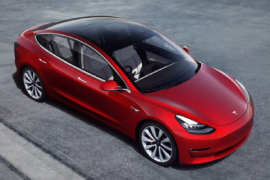
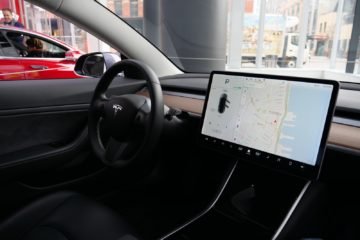


0 Comments